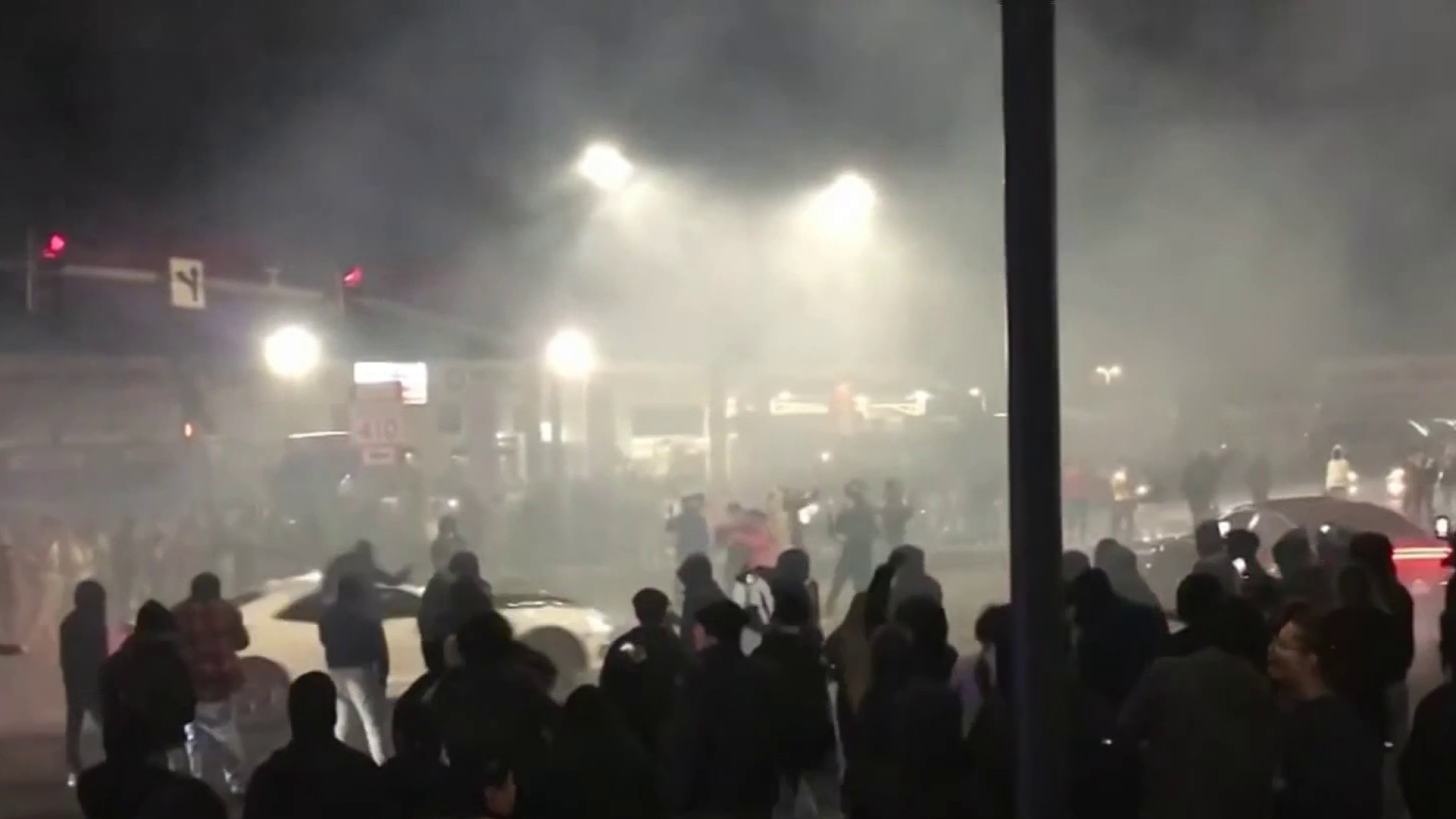One of the most high-profile crimes ever in the D.C. region dominated headlines for years, yet most people have never even heard about it.
The Car Barn Murders is the Montgomery County Police Department’s oldest cold case, and detectives hope you might have the clue to solving it.
Detective Brian Stafford showed the News4 I-Team an 81-year-old photo of a wooden desk covered in paper.
"There's a couple of things that might be bullet holes," he said, pointing to indentations on the desk.
Stafford’s job is to look for the tiny details detectives before him might have missed.
“Ninety percent of the time the answer to who did this is already in the case file,” he explained.
The case gets its name from the huge car barn that used to sit at the intersection of Connecticut Avenue and the old B&O Railroad tracks (now the Capital Crescent Trail) in Chevy Chase, Maryland.
Local
Washington, D.C., Maryland and Virginia local news, events and information
In 1935, the Capital Transit trolley had a turn-around at that spot and parked the trolleys inside the car barn, which sat next to Chevy Chase Lake on a spot now occupied by a large office building.
Photos from the Chevy Chase Historical Society show the area used to be heavily wooded, with only the lake, a pool and a small amusement park built by developers in an attempt to lure city-dwellers to build homes that far out of town.
Despite the name of the case, Detective Stafford said the murders didn’t actually happen inside the car barn. They took place across the street, near where a dry cleaner now stands, where a small residential-looking building sat next to the pool’s entrance.
That's where people waited for the trolley, employees stashed their belongings and conductors handed over the fares they collected to the trolley clerk.
The clerk’s name was James Mitchell, and he kept a meticulous list of exactly how much money he collected that day.
“In 1935 dollars, it was $1,229,” Stafford read from the file. “So, over $20,000 in today's money. He was actually waiting for the armored car to come and pick up all this money.”
Instead, someone stole it all, including $60 in quarters, $31 in dimes and a single $20 bill.
Mitchell was found in his locked office, shot through the head.
The night watchman, Emory Smith, was discovered a mile north, floating in Rock Creek just below what is now the Kensington Parkway Bridge.
Evidence From the Car Barn Murders
Detective Stafford showed the I-Team one of the most critical pieces of evidence in the file: A circular piece of paper with black concentric circles printed on it. It was made by the American Watchmen’s Time Detector Company, according to small print in the middle of the circle.
Stafford pointed to a tiny pinprick in the aging paper, between markings for 4 a.m. and 5 a.m.
“This is the last time Mr. Smith punched in on his time clock,” Stafford explained. “He was making his rounds. That’s how they narrowed down the time of the crime.”
He said evidence like that might be old, but it can all still hold up in court.
The evidence includes photos of footprints in the snow.
“Somebody was walking around there barefooted,” Stafford said while pointing to a corresponding map that shows where detectives at the time tracked the prints from the from the office to the car barn.
There are bullets recovered from both men’s bodies, carefully stored in envelopes supplied by Pumphrey Funeral Home.
“They did the autopsies,” Stafford explained.
Police never found the murder weapon, but Stafford showed the I-Team how the FBI did a ballistics report in 1935 that tells Stafford what to look for today. “A Colt model 1903 semi-automatic pistol."
The report contains original Western Union telegrams and 81-year-old police notebooks filled with references to bootlegging gangs, “stick-ups” and getting rid of people before they “squawk.”
It's all kept on the back shelf of the department’s Cold Case Evidence Room, the first in a line of boxes filled with stories of families who never got closure.
Looking around at the boxes, Detective Stafford said, “I think they're all solvable."
But he’s realistic about the Car Barn Murders.
“It's not a case we're actively investigating,” he said. “We do have to focus our cases on where we have victims who are still alive, victims families that are still alive, and where suspects might still be out there and could be brought to justice."
He said all of the suspects in the Car Barn Murders are long gone – they would all be more than 100 years old today.
But he thinks the missing link may still be living among us.
"If you've ever heard stories about how your old grandpa was the old bootlegger back in the '30s or some stories about a robbery at the car barn that he might be involved in, or he knew who did it, anything like that, give us a call,” Stafford said.
He promised you won’t get in trouble, recognizing most of us weren’t even born at the time of the murders.
Stafford said it’s even possible the gun could be long-forgotten in someone’s attic, waiting to be rediscovered.
Which is why every so often, he opens the file and continues to search for what may be hidden in plain sight. “It is an open murder,” Stafford explained. “And we don't close murders and we don't forget about them."
Reported by Tisha Thompson, produced by Rick Yarborough, and shot and edited by Steve Jones.



